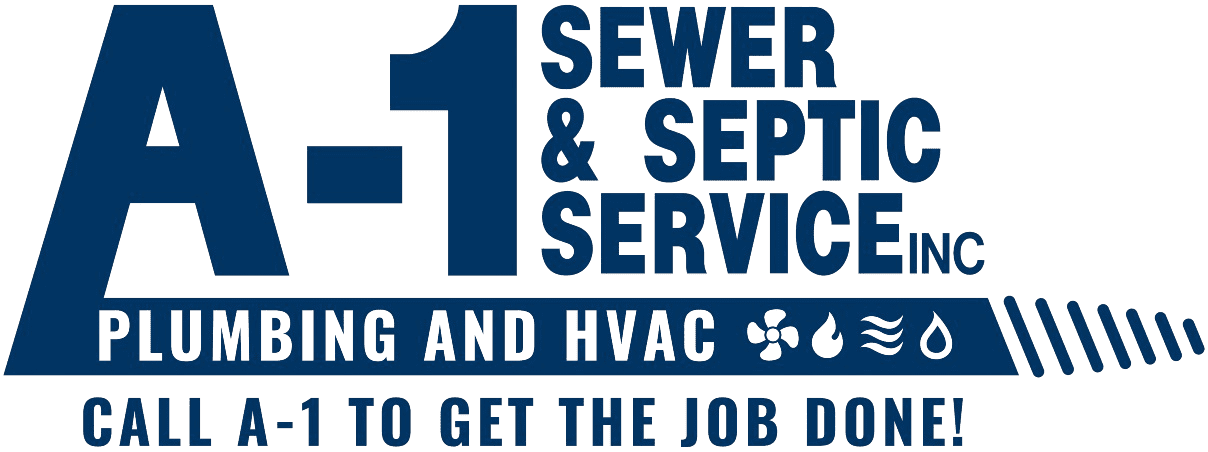
Keeping the grease out of your sewer line is imperative to avoid sewer line clogs and backups through a grease interceptor or other grease trap. Grease is not something your septic systems, sewer systems, or septic tanks are designed to handle; they are designed for wastewater, and the baffles and interior of the tank cannot handle grease, which can result in costly repairs if you have grease buildup occur in your septic tank.
As grease flows, it may build up, resulting in a clogged grease trap from a line blockage. Even after a commercial grease trap disposal service has conducted a thorough cleaning, there may still be problems or backups. Fats, Oils, and grease (also known as FOG) accumulate quickly, especially in high-volume commercial kitchens that may need grease trap cleaning services performed more often to avoid clogs or backups. The only way to avoid eventual grease trap repair is to do regular maintenance.
If the drain lines are clogged, they will start to back up. The material can come back through the floor drain and overflow (these can sometimes look like manhole covers in commercial kitchens) In colder climates, grease is more solid, so lines may clog more quickly.
Signs a Grease Trap Clog is Forming
Slow drainage: As a grease cap forms, water will drain more slowly; if the trap has reached its capacity, it won’t return to normal unless thoroughly cleaned via plumbing services for a pump out. No matter the type of grease trap, slow drainage and standing water is not the desired outcome.
Odors: Grease, fatty oils, sludge, and solid food waste that sits around doesn’t smell too good; a foul odor often means grease traps need cleaning, auguring or repair.
Grease levels are 25% or higher: If your grease content exceeds 25%, it is time to clean your grease trap. If the grease is greater than 25%, the EPA standards require that it be pumped out in most instances.
Grease appearing in unexplained places in a kitchen: if you’re finding grease in places that you cannot explain how it got there, you may need to schedule a grease trap cleaning. After the cleaning, if you still find grease, you may need a plumber to inspect your lines for blockages or issues.
It’s been a long time (more than 90 days): Every situation is different, but the majority of restaurant owners and other professionals with grease traps will have them cleaned out every 3 months. This helps avoid clogged drains, foul odors, and costly repairs down the road.
Tips For Unclogging a Grease Trap
If your grease trap is experiencing a blockage or backup, there are some things you can do to remove the clog and get the cooking oil, fats, and grease out of the grease trap.
Manually: Depending on the type of grease trap, you will start by removing the lid (be careful with the gaskets here), removing as much water as possible, and once the water is out of the way, you can scoop grease out.
Baking soda/vinegar/boiling water: If your kitchen sink is clogged with grease, you can try to pour 1 cup of baking soda in and ½ to 1 cup of white vinegar and use hot water to flush that down the kitchen drain.
Drain cleaner: there are commercially available drain cleaning products for grease removal designed
How to Prevent a Grease Trap Clog
You can prevent clogged lines by:
- Controlling how much grease, fat, or oil goes down the drain.
- Keeping solid food and other objects out.
- Acting on early signs of trouble quickly.
- Grease trap maintenance: regularly cleaning the restaurant grease trap by a commercial company can prevent the need for later hydro-jetting or drain cleaning.
Call A-1 Sewer & Septic to Unclog Your Grease Trap!
Last, call a professional for grease trap cleaning or grease trap repair in. A-1 Sewer & Septic Service is available for same-day visits and emergencies—call us at 913-354-2942 24/7 for the best plumber and drain cleaning services in the KC metro.
Source

